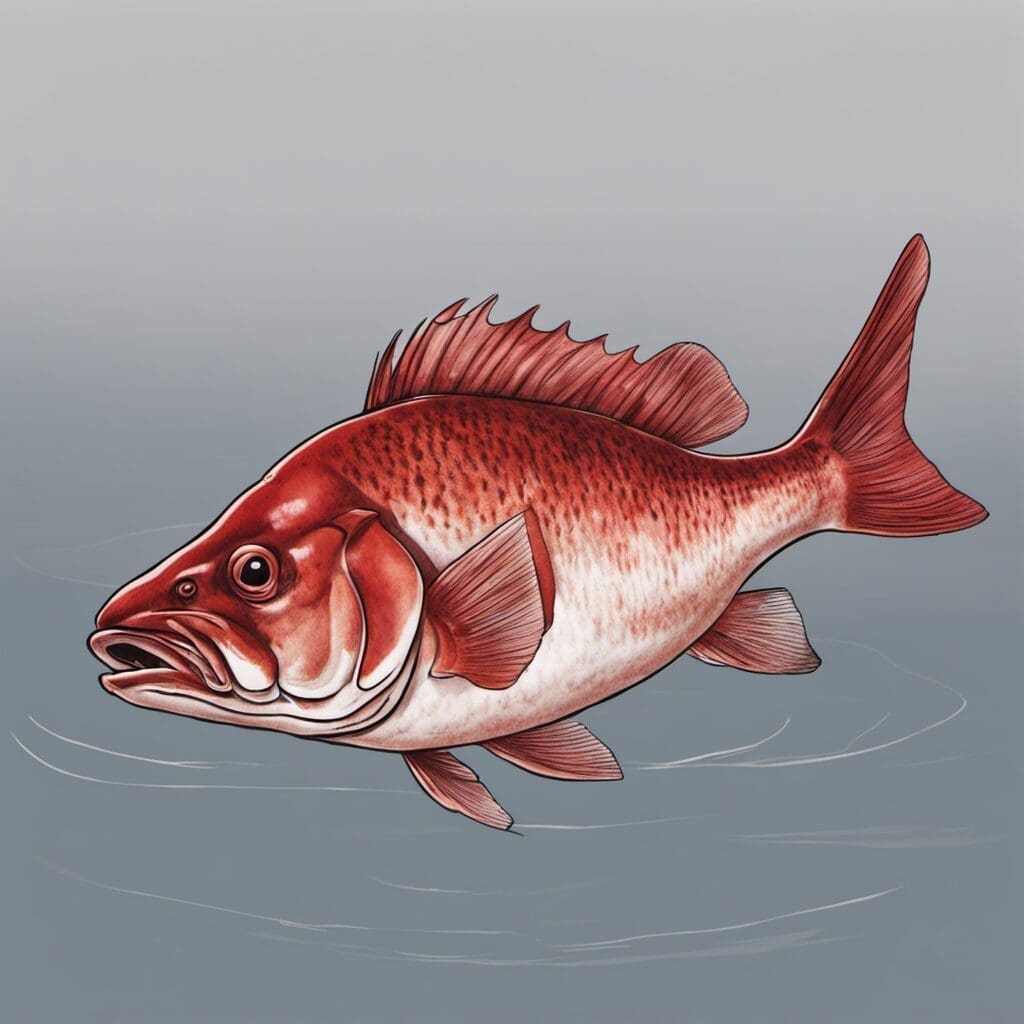Introduction
The Red Hind (Epinephelus Guttatus) is a species belonging to the Serranidae family. This family, also known as sea basses or groupers, encompasses species renowned for their fairly large sizes and their striking colors and patterns.
Conservation Status
The current conservation status of the Red Hind is classified as ‘Least Concern’ by the International Union for Conservation of Nature (IUCN). It is considered stable, although population trends are unknown. Conservation efforts for the Red Hind primarily focus on size limit regulations and closed seasons to prevent overfishing during spawning aggregations.
Statistics
| Statistic | Average | Range |
|---|---|---|
| Length | 50 cm | 20-70 cm |
| Weight | 2.3 kg | 1-5 kg |
| Average Lifespan | 10 years | 5-15 years |
Distribution
The Red Hind is a highly dispersed species, found in the Western Atlantic from North Carolina (USA), Bermuda, and the northern Gulf of Mexico to southern Brazil. They exhibit no notable migration patterns.
Habitats
Red Hinds inhabit a variety of marine environments, preferring rocky bottoms or coral reefs in warm subtropical waters. They typically reside in a depth range between 10 to 40 meters and are known to thrive in temperatures ranging from 18°C – 30°C.
When and Where to See
Red Hinds are fairly active throughout the year. However, they become particularly vivid and conspicuous during their spawning season from January to March. Although they are nocturnal predators, you may also see them out resting or scavenging during the day.
Best Fishing Locations
- Cayman Trench, Caribbean Sea
- Flower Garden Banks, Gulf of Mexico
- Fernando de Noronha, Brazil
- Virginia Key, Florida, USA
- Bermuda
- Bonaire, Caribbean Netherlands
- Los Roques, Venezuela
- Navidad Bank, Dominican Republic
- Cay Sal Bank, Bahamas
- Mona Island, Puerto Rico
General Tips
Look for this species near reef formations and rock substrates at depths of 10-40 meters. They may also be found hiding in crevices or under ledges during the day.
How to Catch
Red Hinds are known to dine on small crustaceans and fish, making bait and lures imitating these ideal for catching them. Techniques such as trolling and bottom fishing have proven successful. Catching is generally more productive during the spawning season from January to March.
Identification Guide
Red Hinds are named for their red-orange or reddish-brown color with darker saddle-like blotches and small light spots. They are distinguished from other similar species by the large black blotch on the top part of the tail and the darker blotch on the lower part of the tail.
Culinary
Red Hind is a delicacy in many regions and can be prepared in various ways, from grilling to steaming or frying. Its taste profile is characterized by a sweet, subtle flavor and a firm texture. It also holds good nutritional value and is low in fat while being rich in protein, Vitamin D, and Omega-3 fatty acids.
Recipes
Popular recipes include Red Hind Ceviche, Red Hind Steamed in Banana Leaf, and Grilled Red Hind with Citrus glaze.
Behavior
Red Hinds are solitary and territorial fish. They are nocturnal predators with a diet primarily consisting of crustaceans and small fish. The Red Hind has an elaborate mating ritual that involves color changes and a mating dance.
Predators and Threats
Known natural predators of the Red Hind include larger fish and marine mammals. The primary human-induced threats are overfishing and destruction of coral reef habitats-
Cultural/ Historical Significance
Red Hinds hold significant cultural value in many Caribbean communities where they are celebrated as a staple seafood dish during cultural festivals and events.

